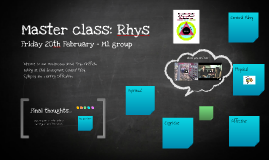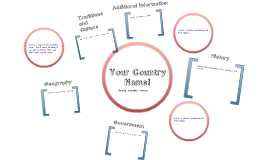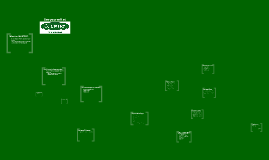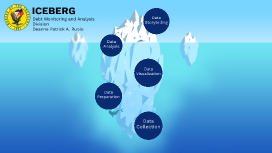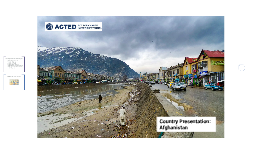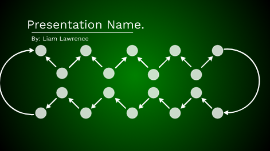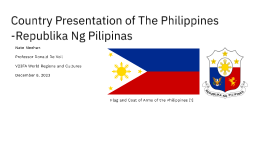Country Presentation for Philippines
Transcript: Human Geography of the Philippines -Politics today Human Geography of the Philippines -Specifics of demographics Human Geography of the Philippines -Politics historically 1898-1941 Human Geography of the Philippines -Politics historically 1941-1954 Human Geography of the Philippines -Politics historically 1521-1898 Human Geography of the Philippines -Demographics Human Geography of the Philippines -Politics historically 1954-1985 Chief Lapulapu of Cebu kills explorer Ferdinand Magellan during the Battle of Mactan in 1521. [16] The Battle of Manila Bay, 1898. [18] Current president of the Philippines Bongbong Marcos, son of dictator Ferdinand Marcos with U.S. President Joe Biden. [24] Imperial Japanese Army makes its way towards Manila, 1941. [20] Ferdinand Marcos led a military dictatorship from 1965-1986. [22] In 1941 Japan invaded the Philippines during the Second World War which displaced America as the colonial authority. Although American and Filipino troops fought tenaciously their resistance was subdued by 1942. Filipinos took the rural areas of the country to stage a guerilla resistance against Japanese occupation, forming the Hukbalahap, or "Anti Japanese People's Army". When the U.S. retook the Philippines in 1945, independence soon followed in 1946, and the Third Philippine Republic was formed. The Hukbalahap however viewed this republic as illegitimate, because of its U.S.-backing, and they were communists. The Hukbalahap rebellion ensued until 1954, with fighting between the guerillas and U.S. backed government. U.S. backing of military governments would only worsen into the 1960s, with Ferdinand Marcos taking power. In 1972 Marcos introduced martial law to the Philippines as part of his "new society" program, which officially was to contain the ongoing communist rebellion led by former Hukbalahap soldiers. During this time the Philippines was effectively governed by a military junta, dissapearances and destitution were common. In 1985 a nonviolent revolution called the "EDSA" or "People Power" revolution overthrew the Marcos family. The leader of this movement was a woman named Corazon Aquino, who took power following the deposal of Marcos in 1986. She would lead the transition back to a more or less democratic government in the Philippines. There is a large Filipino diaspora, in fact Filipinos are one of the largest emigrating populations in the world. Filipinos have a long history of seeking work and opportunity overseas. They came to work in America en masse (especially in Hawaii) during the early 20th century following the colonization of the Philippine islands in 1898. So much so that the Tydings–McDuffie Act of 1935 limited America to only accepting 50 emigrants per year. Its estimated that the diaspora today is around 11 million. The United States has the largest share of this with a Filipino diaspora of 4 million. The government of the Philippines itself has historically encouraged and assisted its young population to emigrate, and promotes Filipino labour across the world. Population pyramid [12] The Philippines has a young and growing population. There is a total fertility rate of 2.77%, and a birth rate of 22/1000, compared to a death rate of only 6/1000. The country maintains a replacement level fertility rate of 2.9%. This is due to the Philippines being part of the developing world which generally sees a higher fertility rate than the developed world. The majority of the Filipino population lives within the age bracket of 15-64 years, and the country has a balanced sex ratio of about 1 male for every female. The demographics tell of the role of family in Filipino society. Families are usually large and ever growing for a reason, your children will be your support network when you grow too old to work. The United States displaced Spain as the colonial authority over the Philippines in 1898, during the Spanish American war. After defeating Spain following the decisive naval battle in Manila Bay, the First Philippine Republic was proclaimed by president Emilio Aguinaldo. The U.S. then fought this Republic because they wanted to occupy the Philippines as they did Cuba and Puerto Rico. The Philippine American war lasted from 1898-1902, however various indigenous groups such as the Moro people continued to resist American occupation until 1913. The Philippines was officially an American protectorate until 1935, when the Philippines became a "commonwealth" (thought was still under U.S. administration). This began a gradual move towards independence, but the process was interrupted by the Second World War. With the historical context in mind, we understand the context of Filipino politics today. The Philippine government is a traditional ally of the United States enjoying both extensive trade and a strategic partnership program with America. Officially, the Philippines has a democratic system, with multiple political parties and a unitary government. However Filipino politics are






